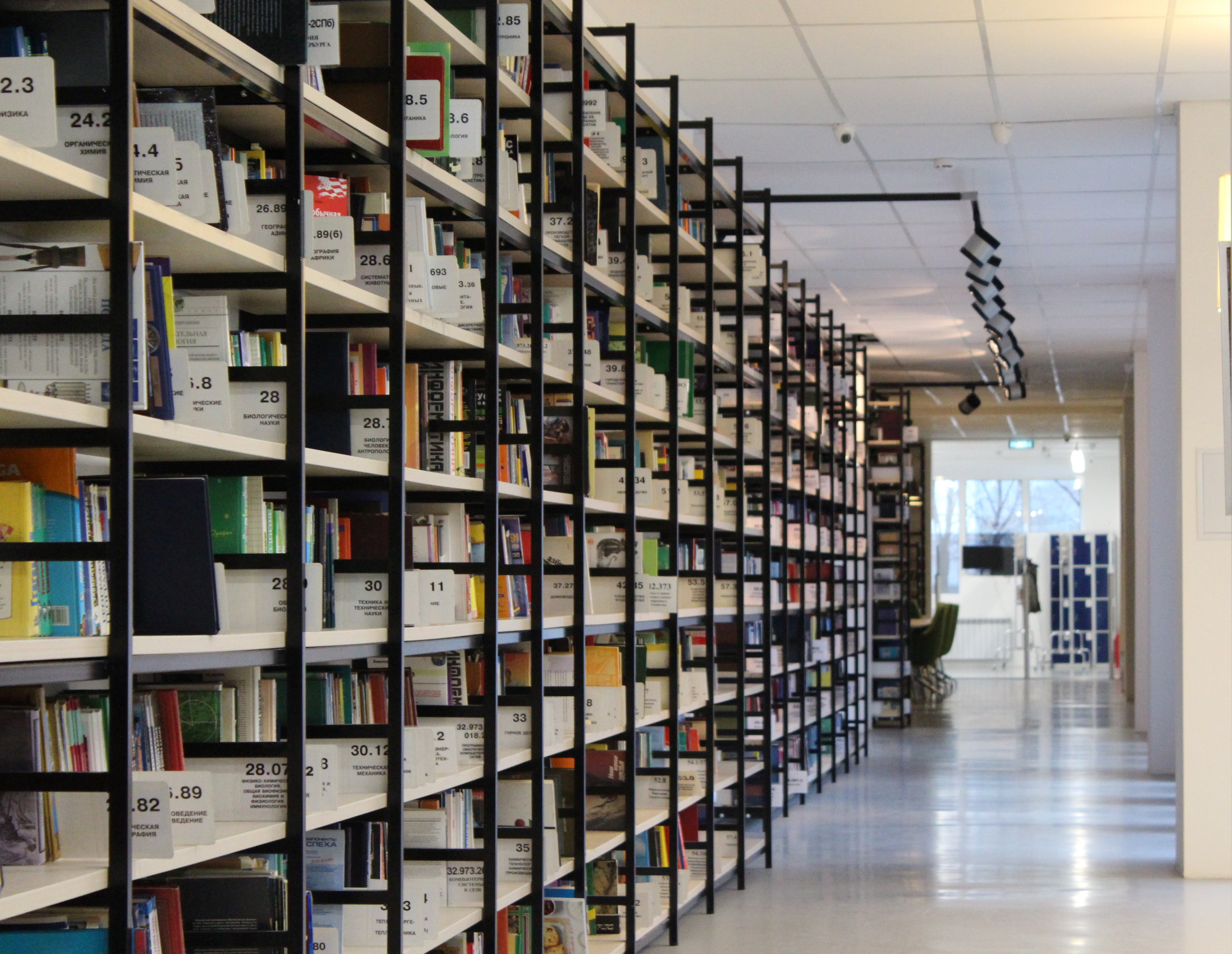ARTICLES
Blog
I’m pro-immigration. We need to have a conversation about housing
Is it time to discuss policy on immigration to protect liberal, open, tolerant Ireland? Regular readers may be aware that as the grandson of immigrants, my DNA is cosmopolitan and sees immigration as a hugely positive force in our economy and our society in general. However, it is not Ireland’s attitude to immigrants that is undermining the sustainability of immigration, it is the inability to build homes for enough people. When it comes to immigration, the economy gets workers but the society gets people and those people want somewhere to live, schools for their children and other amenities that everyone aspires to.
If more people arrive in the country outpacing the ability of the economy to deliver houses, things could take a turn for the worse, allowing a tolerant people to become hijacked by slogans that blame immigrants for the inability or unwillingness of those who pull the levers in the economy to deliver more of everything. As we’ve seen in other countries, once anti-immigration becomes a central political plank and an alternative for voters, it is difficult to eradicate. The question is whether to protect immigrants should Irish immigration policy be set in the context of the other realities of the economy? At the moment, there seems to be a disconnect between housing delivery and immigration, opening up space for an explicitly anti-immigration party as is the case for most EU countries.
Here are the numbers.
From 2016 to 2022, the Irish population increased by around 387,274. Net immigration drove 56 per cent or 220,000 of this figure. People here having babies made up 43 per cent or 167,000, in contrast with the previous two censuses, where the natural increase accounted for the majority of population growth (CSO). In the 12 months to the end of April 2022, 120,700 immigrants came here – a 15-year high. Within this inflow of migrants, 28,900 were returning Irish nationals, 24,300 were other EU nationals, 4,500 were UK nationals. The Government has no discretion over these people. The remaining 63,000 immigrants originate elsewhere, including almost 28,000 Ukrainians (CSO). The State has discretion over the non-Ukrainian proportion, about 35,000 people.
Over the summer, more than 10,000 Ukrainians arrived – an average of about 650 people per week (IT). Eurostat data shows that in 2022, 85,793 permits were issued to non-EU citizens to come to Ireland – the vast majority of which reflect education permits. This represents a 146 per cent increase on the 34,935 issued in 2021 (Examiner). Where are all these people to live?
The Government’s central case for house building is based on an annual demand of about 28,000 per year in a ‘business as usual’ scenario, with net immigration at up to about 15,000 per year (ESRI). But immigration is running far higher than that figure, putting huge pressure on housing in an economy that appears incapable of ramping up homebuilding to anywhere close to levels required by our population dynamics. Despite being among the least populated in Europe, this creates a feeling that the country is bursting at the seams. This puts pressure on prices, rents and availability and ultimately on the quality of life experienced by younger Irish people. Older Irish people benefit financially from the upswings in housing wealth although many might prefer their stay-at-home adult kids to have a home and an independent life.
Renters are now spending an average of 35 per cent of their income on housing, well above the recommended 30 per cent threshold for affordability. In 2010, this figure was only 27 per cent, illustrating a significant increase in housing cost burden (CSO, Ireland). There were an estimated 68,000 households on social housing waiting lists in 2022, up from 55,000 in 2018 – a 24 per cent rise in four years. As of July 2023, 12,847 people are homeless, accessing emergency accommodation. In 2015, the number was 3,825, a more than threefold increase in eight years.
The housing situation is chronic and more people add yet more pressure.
Not surprisingly, many youngsters are packing up and leaving. Migration is a transformational act, however, with more than seven in 10 young people aged 18-24 considering moving abroad because they think they would enjoy a better quality of life elsewhere, so push factors are outweighing pull factors (NCYI).
In 2021, the emigration rate among Irish citizens aged 25-34 reached 3.8 per cent, a significant increase from 2.1 per cent in 2019 (CSO, Ireland, Emigration Trends Report, 2021). Educated young adults are packing their bags. Last year, 30,700 (51.5%) of emigrants had a third-level qualification but 70,300 (58.2%) immigrants had a similar level of education. (CSO, Ireland). That said, this trend does reflect the perception among some young Irish professionals that they face limited opportunities and intense competition in the domestic job and housing market.
Only a fool would ignore these developments. One definition of a mature adult is someone who sees the world as it is and not as he might like it to be. The dilemma is pretty straightforward. This economy and society cannot survive without immigrants. From healthcare to high-tech, construction to hospitality, the country would grind to a halt without them and Ireland, on many metrics, benefits enormously from our hardworking and talented new neighbours. But adult countries make adult decisions about what is feasible, practicable and workable based on growth rates, construction capacity and the overall ability of the economy to deliver. It may ultimately come down to a number, brutal and all as this might seem.
This will be one of the main conversations of the coming decade. Why not start having it now before others start having it for us?

Degrowth is supposed to save the world, but it’s not that simple
The concept sounds attractive but it is not the catch-all cure for global warming
read moreAre you one of Ireland’s Outsiders or Insiders?
In a litany of projects paid for by the average citizen, cost overruns are blithely accepted and more money seems to shift from the Outsiders to the Insiders
read morePoliticians and economists differ over way forward for Irish economy – but who is right?
One wants to spend, the other says save. Who is right about the appropriate course of action for Ireland’s booming economy?
read moreHow Ireland became the most expensive economy in Europe
If the Government can’t control its costs, increases spill over into the rest of the economy, driving up inflation
read moreIt’s a tragedy that so many people leave school hating maths
The recent furore over the Leaving Cert maths exam is a shame, but there is a way to instil a love of the subject in our young students
read moreIt’s a tragedy that so many people leave school hating maths
The recent furore over the Leaving Cert maths exam is a shame, but there is a way to instil a love of the subject in our young students
read moreDavid McWilliams: The economies of North and South are slowly integrating
On summer evenings throughout the North you can hear the bands practising, beating out marching tunes from Orange Halls, looking backwards rather than planning for the future. And the future is arriving quickly in Northern Ireland, not just in a post-dated demographic...
read moreThe economies of North and South are slowly integrating
As both jurisdictions integrate further, the economic distinctions between Northern Ireland and the Republic may have almost disappeared by the time a Border poll is called
read moreArticle Archives
David has been writing for almost 20 years and there are plenty of articles covering some of the most turbulent times in the world economy.
Head over to the archives page to view all published articles.

